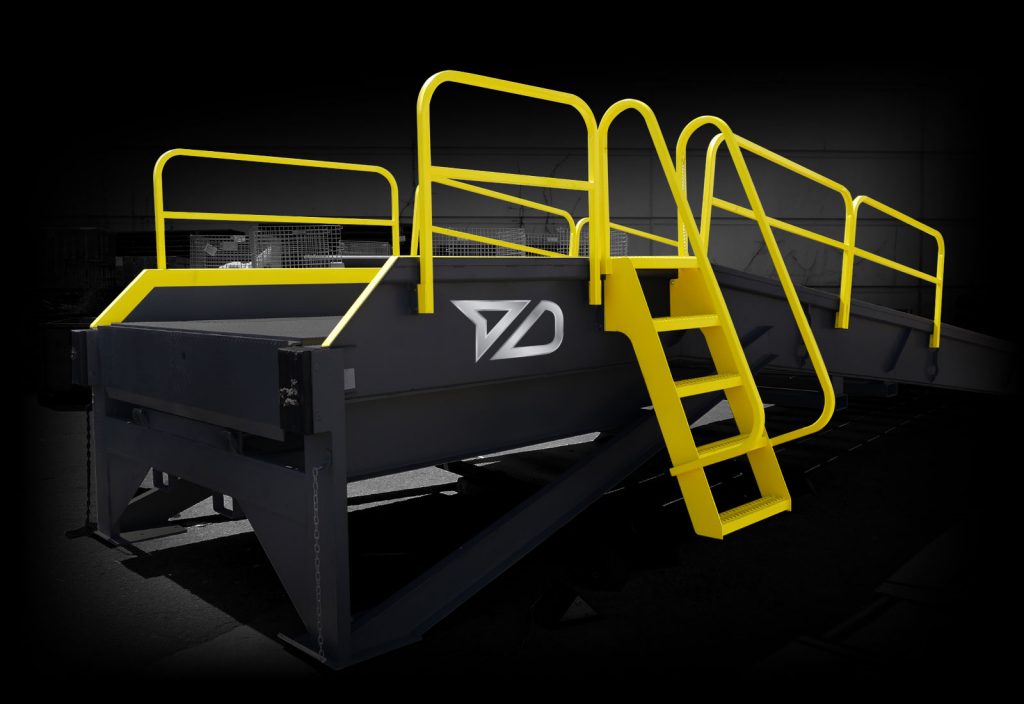Frequently Asked Questions
Portable Loading Docks
Loading Dock Design
Q: Why are there so many issues with conventional loading docks?
A: Unfortunately many loading docks are designed and constructed improperly, and most aren’t equipped to offer a one-size-fits-all solution. The variability of trailer styles, sizes, and axle positions cause trailer bed heights to be several inches above or below dock level. Our line up of trailer solutions products were engineered specifically to remedy inferior design that impacts drainage placement, specialty trailers, or those that have shorter bed heights than the typical 48” high over-the-road trailer.
Q: How can I fix the issues with drainage placement?
A: Drainage placed further away from the building can interfere with trailer configuration and negatively impact the geometry of the dock design. Unfortunately, you don’t know the drain is in the wrong location until it’s too late and the truck comes in too low for the dock. Our pit filler wheel risers are custom-built static, non-adjustable wheel risers which correct below dock conditions caused by compound decline approaches.
Q: How do you correct trailers backing in too far below dock level to safely unload?
A: We have multiple risers and levelers in our wheel riser product line to tackle improper loading dock design and correct dock heights. Our loading dock experts survey the area and provide measurements so that we can deliver custom products that accommodate the application, such as static wheel risers or pit filler wheel risers.
Q: How can we unload trailers that come in 10” or higher above my existing loading dock?
A: Our hydraulic top of dock leveler installs on top of your existing building floor without need for any construction. This hydraulic ramp features simple push button operation and will service up to 18” above your building floor level.
Q: How can we streamline the two-step process in loading/unloading delivery vans?
A: Most often, we see parcel delivery trucks are challenged by below-dock loading conditions that requires employees to hoist boxes two feet to the building floor and then bend over to pick up the boxes left on the dock. Leum Engineering’s parcel dock ramps eliminate these ergonomic, safety, and productivity issues by raising the truck or van so that employees can better handle and expedite packages with a trailer that is level with the building.



